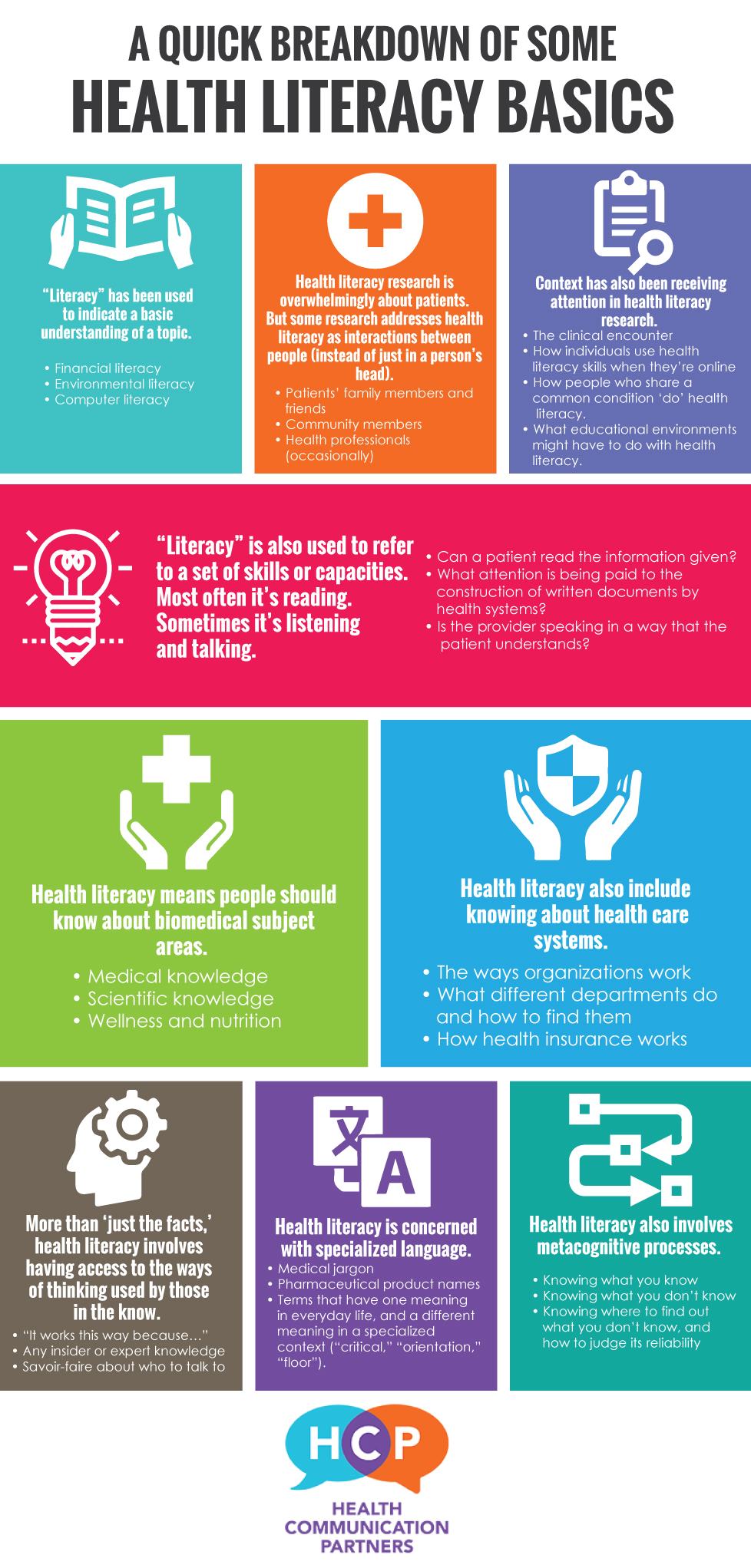Primary Care Or Urgent Care: Identifying The Suitable Situation To Seek Medical Assistance

Material By-Bergmann Storgaard
When it pertains to your health and wellness, recognizing whether to choose health care or immediate treatment can be essential. Understanding the differences in between these 2 services and acknowledging the details scenarios where each shines is vital for making informed choices concerning your clinical needs. By comprehending the nuances of primary care and urgent treatment, you can browse the health care landscape more effectively and guarantee that you receive the suitable degree of attention when looking for therapy.
Key Distinctions In Between Medical Care and Urgent Care
Wondering how primary care varies from urgent care and when to select each? Let's simplify for you. Health care focuses on preventive care and handling overall health and wellness. You check out a health care doctor for regular exams, inoculations, screenings, and continuous wellness issues. This kind of care establishes a long-lasting connection with a doctor who recognizes your case history and can direct you via various wellness concerns.
On the other hand, urgent care is for prompt medical needs that arise suddenly. If you have a minor injury or ailment that needs punctual focus but isn't life-threatening, immediate treatment facilities are furnished to manage it. They use extensive hours and walk-in consultations, making them hassle-free for sudden health issues that can not await a medical care browse through.
Factors to Consider Prior To Choosing Treatment
Before determining between primary care and urgent treatment, think about reviewing the intensity of your medical concern and the necessity of treatment required.
Initially, evaluate the seriousness of your symptoms. If you're experiencing light symptoms like an acute rhinitis, breakout, or small sprain, health care might appropriate. On the other hand, if you have serious symptoms such as upper body pain, problem breathing, extreme allergies, or deep cuts needing instant interest, immediate care is likely more appropriate.
Additionally, consider the moment of day and day of the week. https://melaine.blogbright.net/the-influence-of-primary-care-solutions-on-minimizing-healthcare-disparities operate throughout routine business hours, while urgent treatment facilities typically use extended hours and weekend accessibility.
An additional variable to ponder is expense. Immediate care check outs are commonly much more expensive than health care visits, so if price is an issue, primary care might be the more affordable selection.
Understanding When to Look For Urgent Treatment
To determine when to seek urgent care rather than medical care, analyze the intensity and necessity of your medical issue, focusing on signs and symptoms like chest discomfort, problem breathing, serious allergic reactions, or deep cuts that demand prompt interest.
If you experience sudden and severe upper body discomfort, specifically if it radiates to your arm or jaw, it could show a cardiac arrest, demanding urgent clinical analysis. Likewise, trouble breathing, particularly if it begins suddenly or is accompanied by upper body tightness or hissing, might represent a serious breathing problem that calls for prompt focus at an immediate care center.
Serious allergies, such as swelling of the face or throat, hives around the body, or trouble swallowing, could indicate anaphylaxis, a dangerous problem that requires instant treatment. Deep cuts that are bleeding profusely, gaping open, or revealing underlying tissue should be assessed at urgent care to protect against infection and make sure correct injury closure.
If you experience any of these signs, seeking immediate care promptly is crucial for your health and health.
Final thought
Eventually, recognizing the difference between medical care and immediate treatment is important in ensuring you get the suitable level of clinical focus for your needs.
By taking into consideration variables such as the severity of signs and symptoms, time constraints, and center schedule, you can make an informed decision on whether to look for routine treatment from a primary care carrier or prompt attention from an immediate treatment facility.
Prioritizing your health and wellness and wellness begins with understanding when to seek each solution.

